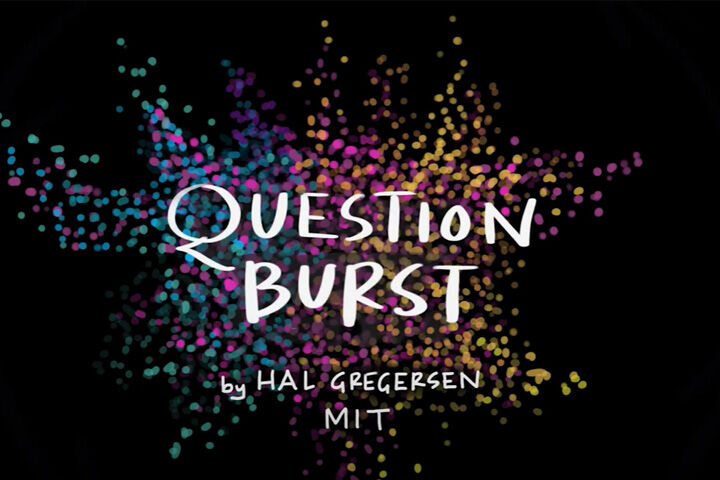Artificial Intelligence (AI) is reshaping how we work, make decisions, and solve problems. But with an abundance of AI-generated answers, the real challenge is ensuring that we ask the right questions. The key to navigating this new landscape isn’t just access to AI-powered insights—it’s knowing how to ask better questions with AI to drive transformational results.
This course builds on frameworks from Hal Gregersen's book, Questions Are the Answer, incorporating insights from over 200 global leaders. Through hands-on methods, you'll learn to apply catalytic questioning—now augmented by AI—to leadership, decision-making, and innovation.
This highly interactive experience teaches executives how to cultivate powerful inquisitive leadership practices that fuel breakthroughs in a rapidly changing world. Through AI-enhanced questioning methods, participants will learn how to frame, refine, and expand their inquiries–and impacts–in ways that AI alone cannot replicate.
What if you could unlock a better answer to your most vexing problem just by changing the question?
Talk to the world’s most creative problem-solvers, and they will often tell you that asking the right questions led them to their biggest breakthroughs.
- Jensen Huang, co-founder and CEO of NVIDIA, reshaped computing’s future when he asked; What if GPU computing could accelerate every industry, not just gaming?
- Leena Nair, CEO of Chanel and former Chief Human Resources Officer at Unilever, continually transforms corporate norms by asking: How can we bring more humanity and purpose into every aspect of business?
- Demis Hassabis, co-founder and CEO of DeepMind, accelerates AI progress by wondering: If we can figure out how human intelligence works through AI, how can we use that knowledge to solve the world’s most pressing problems?
Each leader unlocked transformative impact by questioning assumptions that others took for granted.
Great questions have a catalytic quality—they dissolve barriers to creative thinking and channel the pursuit of solutions into new, accelerated pathways. This skill is essential today, as digitization and disruption push leaders to the edge of uncertainty and often forces them to recognize what they don’t know they don’t know—before it’s too late.
While AI alone cannot surface the unknown unknowns, it can be a critical partner. This course trains executives to engage with AI to refine, expand, and challenge their thinking, ensuring they ask the game-changing questions that uncover hidden threats and opportunities.
The course also addresses the organizational and psychological barriers to questioning—examining why leaders and teams often avoid hard questions and how to reverse that pattern. AI can help counteract cognitive biases, surface fresh perspectives, and enable a culture where curiosity thrives.
Five Essential Tools for Mastering Catalytic Inquiry
- Question Conditions: Assess how often you put yourself in situations where you’re wrong, uncomfortable, and reflectively quiet—key conditions for generating breakthrough questions.
- Question Journey: Map how your questioning habits have evolved over time, revealing patterns that shape your ability to challenge assumptions.
- Question Audit: Conduct a 24-hour self-assessment of questions asked, received, and reflected upon—highlighting opportunities to deepen inquiry and uncover blind spots.
- Question Burst: Apply this proven method (used by 40,000+ leaders) to challenge false assumptions and unlock fresh insights through a structured, high-energy process.
- Question Culture: Learn to embed catalytic questioning into teams and organizations by modeling inquiry, enabling fearless questions, and fostering psychologically safety.
With each of these tools, AI can play a supporting role, helping to counteract cognitive biases, surfacing unexpected patterns, and challenging conventional wisdom. While AI can enhance inquiry by revealing fresh perspectives, participants will learn how to keep human curiosity at the center—ensuring technology serves as an amplifier of catalytic questions, not a replacement for them.




















